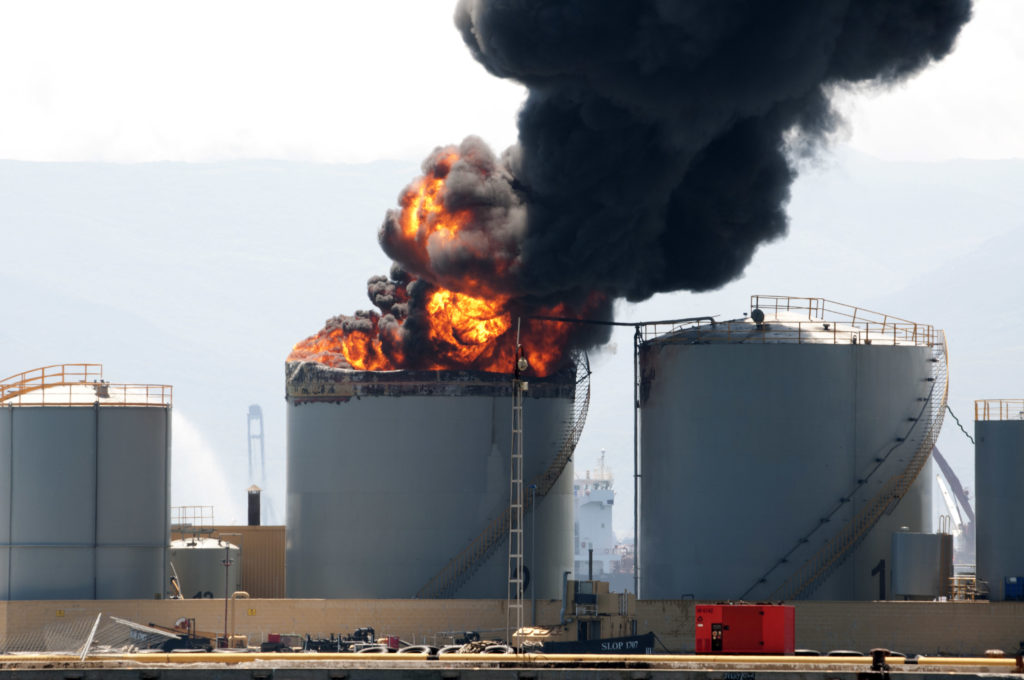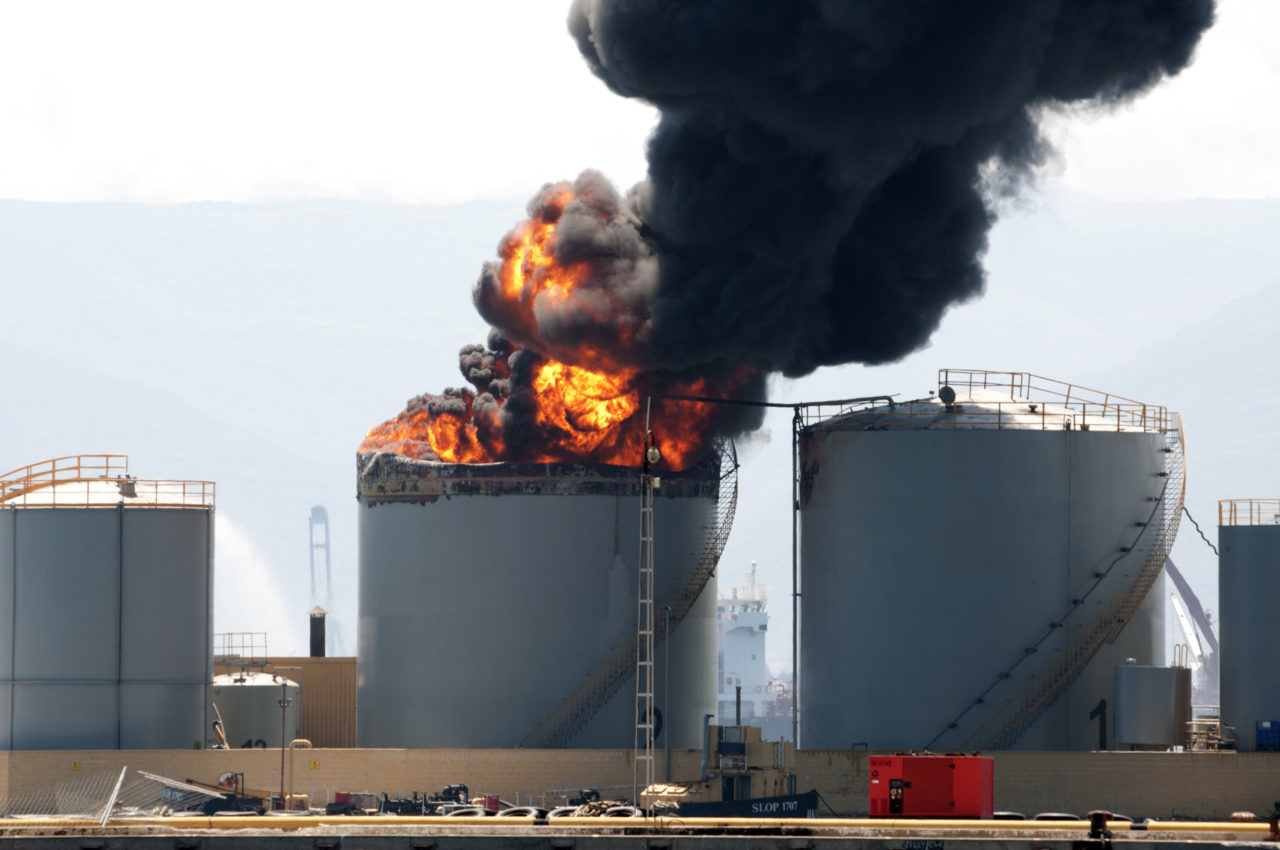Gas Explosion Hazards: Hazardous Areas & Potential Ignition Sources

Estimated reading time: 6 minutes

Gas Explosion Hazards, Fire Detection and Protection Systems Design for Oil & Gas
Fires are the accidents that occur most frequently, their causes are very diverse and require intervention methods and fire risk assessment techniques that are unique to each situation. Electrical hazards, flammable liquids and gases and combustible dust are 3 of the most common causes of industrial fires and explosions.
In the industrial setting, there are many hazards – more importantly fires, explosions and toxic releases. Fires occur the most frequently in industries and is the first major hazard in chemical or process industries. Industrial fires are highly hazardous and dangerous, and accidents lead to the loss of lives and major damage to infrastructure.
Fires and explosions occur when flammable material, oxygen and sufficient ignition energy are available. The best preventive measure to prevent fires and explosions is be aware of hazardous areas in the plant while minimising the sources of ignition.
Hazardous Areas
Hazardous areas are areas where a flammable atmosphere is or may be expected to be present, and require special precautions for the construction, installation and use of equipment. Examples of hazardous areas for the oil and gas industry are:
- flammable liquid and gas storage tanks and associated equipment (e.g. release points such as vents, fill points, dip points, safety relief devices)
- flammable liquid and gas dispensing equipment
- storage areas for flammable liquids in packages
- storage areas for flammable gases in cylinders
- mixing and blending vessels for flammable product formulations road and rail tanker loading facilities for flammable liquids and gases
- fume cupboards used for flammable liquids and gases
- accidental puncturing and spilling contents of containers containing flammable liquids
- application of flammable sealants and adhesives in enclosed areas
- areas around activities generating fine dusts of combustible material (sugar, grain, polymers, dry organic residues)
Potential Ignition Sources
Potential ignition sources can be identified and either eliminated or controlled to prevent a fire or explosion. An ignition source provides a source of energy sufficient to ignite a flammable atmosphere. Examples of ignition sources include:
- naked flames, pilot lights, portable electrical equipment
- fixed electrical systems and powered circuits with potential for arcs, sparks, short circuits
- hot work activities such as welding, hot-cutting, grinding
- operating equipment with combustion engines
- hot surfaces, exhaust pipes, hot flues and ducts and frictional heating
- mechanical sparks from impacts
- static electricity leading to electrostatic discharges generated incidentally or by processes or activities including:
- low conductivity liquids, e.g. liquid hydrocarbons, flowing at high velocity through pipes and associated fittings
- flow of powdered or granular solid materials (particularly non-conducting materials like plastic beads), e.g. moving through shutes and hoppers, and mixing and sieving
- non-conducting drive or conveyor belts in motion
- movement of people when insulated from earth
Fire and gas detection systems play a huge role in maintaining safety levels in the oil & gas industry. The objective of installing a fire or gas detection system is to give reliable warning of a developing hazard in sufficient time to prevent that hazard occurring.
Based on the HSE guide, the industry standard provided is based on the general guidance provided in the UKOOA guidelines (UKOOA, 1995) that is then translated into more specific rules and guidance in company codes of practice (e.g. Shell, 1995 and BP, 1997). ISO 13702 contains high level advice on detection systems.
Fire detection system shall be installed as the first line of defence except for situation where the risk is solely from flammable gas leakage. Fire detection system operates faster than the gas detection system. However, both fire and gas detection system shall be considered if other flammable materials are present.
Gas Explosion Hazards, Fire Detection and Protection Systems Design for Oil & Gas is a 3-day training course held from 26-28 June 2019 (Singapore) designed to provide an insight into the major drivers into fire and explosion hazard risk, and the various methods of preventing and mitigating such risk. The course will discuss quantitative consequence analysis, such as vapor dispersion modeling, vapor cloud explosion modeling, fire modeling, and presents the details necessary to perform such analyses. In addition, it will focus on the fire and gas detection systems for offshore and onshore process areas, and how such systems can be used to lower the overall explosion risk to facilities. The course will demonstrate how performance-based designs can be used to evaluate the effectiveness of a fire and gas detection system.
 |
